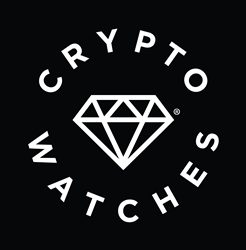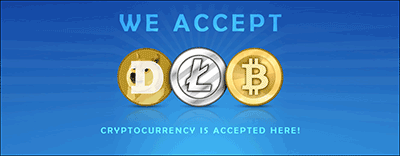A cryptocurrency (or digital money) is an excellent resource intended to fill in as a model of trade wherein singular coin possession records are put away in a history existing in a type of mechanized database utilizing robust cryptography to make sure about exchange records, to control the production of extra coins, and to check the exchange of coin proprietorship. It usually doesn’t exist in physical structure (like paper cash) and is commonly not given by a focal power. Cryptographic forms read review here of money ordinarily utilizes decentralized control rather than brought together computerized cash and focal financial frameworks. At the point when digital money is printed or made before issuance or gave by a solitary guarantor, it is commonly viewed as brought together. In the end, when actualized with decentralized control, every digital currency works through dispersed record innovation.
Formal definition

As indicated by Jan Lansky, digital currency is a framework that meets six conditions.
- The framework doesn’t require a focal position; its state is kept up through conveyed accord.
- The frame keeps a diagram of digital currency units and their proprietorship.
- The framework characterizes whether new cryptographic money units can be made. If new digital currency units can be made, the structure describes the conditions of their source and how to decide the responsibility for new units.
- Ownership of digital currency units can be demonstrated only cryptographically.
- The framework permits exchanges to be acted in which responsibility for cryptographic units is changed. An exchange articulation must be given by an element demonstrating the current responsibility for groups.
- If two different directions for changing the responsibility for the same cryptographic units are all the while entered, the framework performs all things considered one of them.
In concentrated banking and monetary frameworks, for example, the Federal Reserve System, corporate sheets, or governments control the gracefully of cash by printing units of fiat cash or requesting increments to excellent financial records. On account of decentralized digital money, organizations or governments can’t deliver new groups and have not so far given support to different firms, banks, or corporate substances which hold resource esteem estimated in it. The fundamental specialized framework whereupon decentralized digital forms of money are based made by the gathering or individual known as Satoshi Nakamoto.
As of May 2018, more than 1,800 digital money particulars existed. Inside a digital money framework, the security, respectability, and equalization of records is kept up by a network of commonly sceptical gatherings alluded to as excavators: who utilize their PCs to help approve and timestamp exchanges, adding them to the record as per a specific time stamping plan.
Most digital methods of money are intended to slowly diminish the creation of that cash, setting a top on the aggregate sum of that money that will ever be available for use. Contrasted and standard monetary forms held by budgetary foundations or kept as money close by, digital types of money can be more hard for seizure by law requirement. This trouble is gotten from utilizing cryptographic advances.

